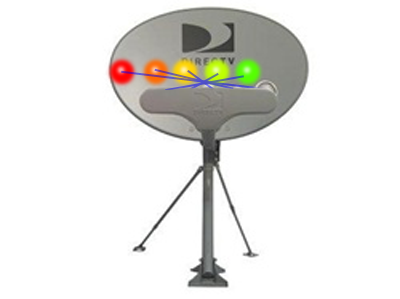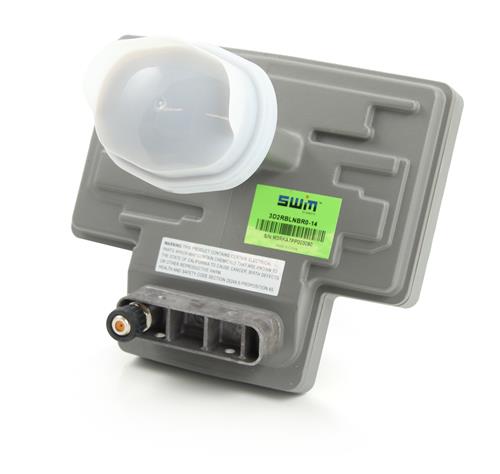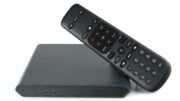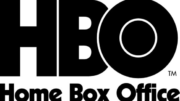It’s really frustrating… All your channels say “Regular Schedule” when you go to your DIRECTV Guide. Even worse, every day or two, you get a message that your DIRECTV receiver hasn’t received guide data in a while and needs to reboot. What can you do?
The first thing to do is reboot and wait a day to see if the problem goes away. But, you’ve probably done that. There are a few more things you can try before replacing the receiver.
Line of sight

Most folks know that if the receiver can’t see the sky, it isn’t going to get reception. It’s pretty easy to look at the center arm of the dish and see if it’s pointing at a tree. The thing is, though, that your dish needs a view of up to five satellite locations. You may have a tree or something else blocking it without knowing it.
Take a look at your dish. Does it have a wide LNB (the front part) like the picture above? Or is it smaller, shaped like a closed fist? If you have the wide one, your dish needs to have a clear view of the sky that reaches all the way from 99 degrees to 119 degrees. You can use a site like dishpointer.com to get the exact locations.
Check your signal strength
The first step is to make sure that you have strong signal on every satellite. If you have a Genie, use this guide. For older models, check out this guide.
Are your numbers less than 75 on the 101 satellite? If you have the Slimline-5 dish (the one with the wide LNB) are your numbers on the 119 satellite less than 75? That could be your problem right there. Look carefully for any obstructions, whether they are buildings or trees, that might be blocking the dish’s view of the sky. Look at the connections from the dish. Are they clean, tight and free of corrosion?
A quick note: the 110 satellite has been taken out of commission so it is normal to see all zeroes there. You may not even see the 110 satellite listed.
Losing line-of-sight is the most common reason that you will lose guide data.
Location
If your dish is on an RV or boat, it’s perfectly normal to lose guide data if you are outside your local area. DIRECTV works with a “spot beam” system where local channels are only beamed into their local areas, so if you’re 300-400 miles away from home or more, you will lose your local channels and your guide data. The exception is if you live in New York City or Los Angeles, because those signals are carried all over the continental US.
If you travel too far into Canada or Mexico, or if you enter international waters, you should expect to lose not only guide data but your entire satellite feed. Remember, you are not permitted to operate DIRECTV equipment outside the U.S.
Bad guide tuner
Here’s the hardest one to diagnose. There is a separate tuner just for guide data and in very rare cases it can go bad. Here’s how you can check:
DIRECTV receivers have two built in system tests that are very powerful. The first test screen can be found by pressing-and-holding {INFO} using the DIRECTV-branded remote. Running a system test from here checks everything about your system. If you get an error message here, use this guide to decode it. This may point you toward a problem you didn’t realize you had.
You specifically want to look for an error 772 or 920. These are the most common errors that show bad guide data. Older receivers might also give you an error 41 or 42.
Could it be on AT&T’s side?
Yes that is true. There was a case a couple weeks ago where guide data was lost for a large chunk of customers. The problem fixed itself within an hour or so and regular customers didn’t need to do anything. So, you might not want to take action for a few hours. If it’s been several days, though, you know it’s not them… it’s you.
The best solution

This is AT&T’s SWM-enabled Reverse Band 3 LNB. Using this LNB on the front of your existing dish you can get every HD, 4K, and international channel from only three satellite locations. You don’t need a 5-location LNB or an international dish anymore to do this. Upgrading to this LNB will help solve line-of-sight problems because you won’t be trying to get signal from that 119 location. You don’t need it anymore anyway.





